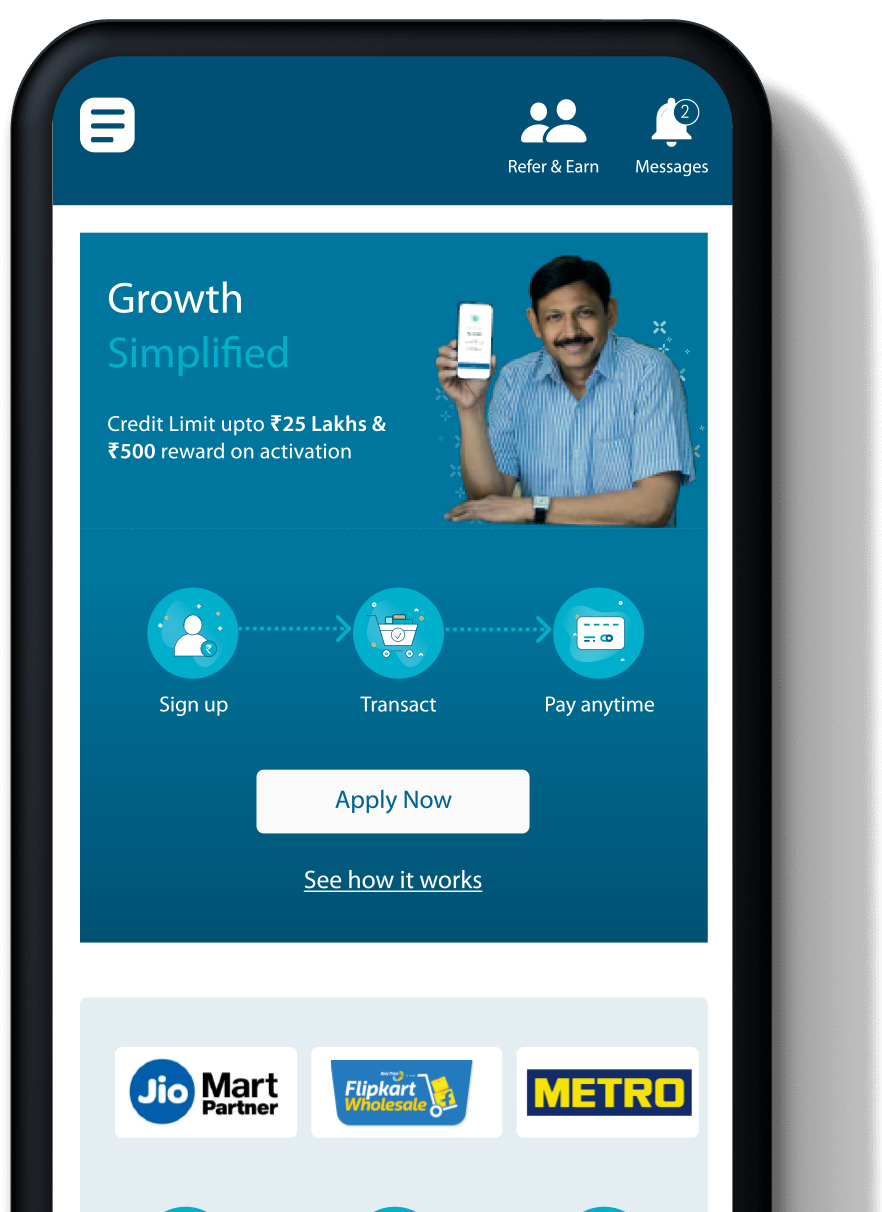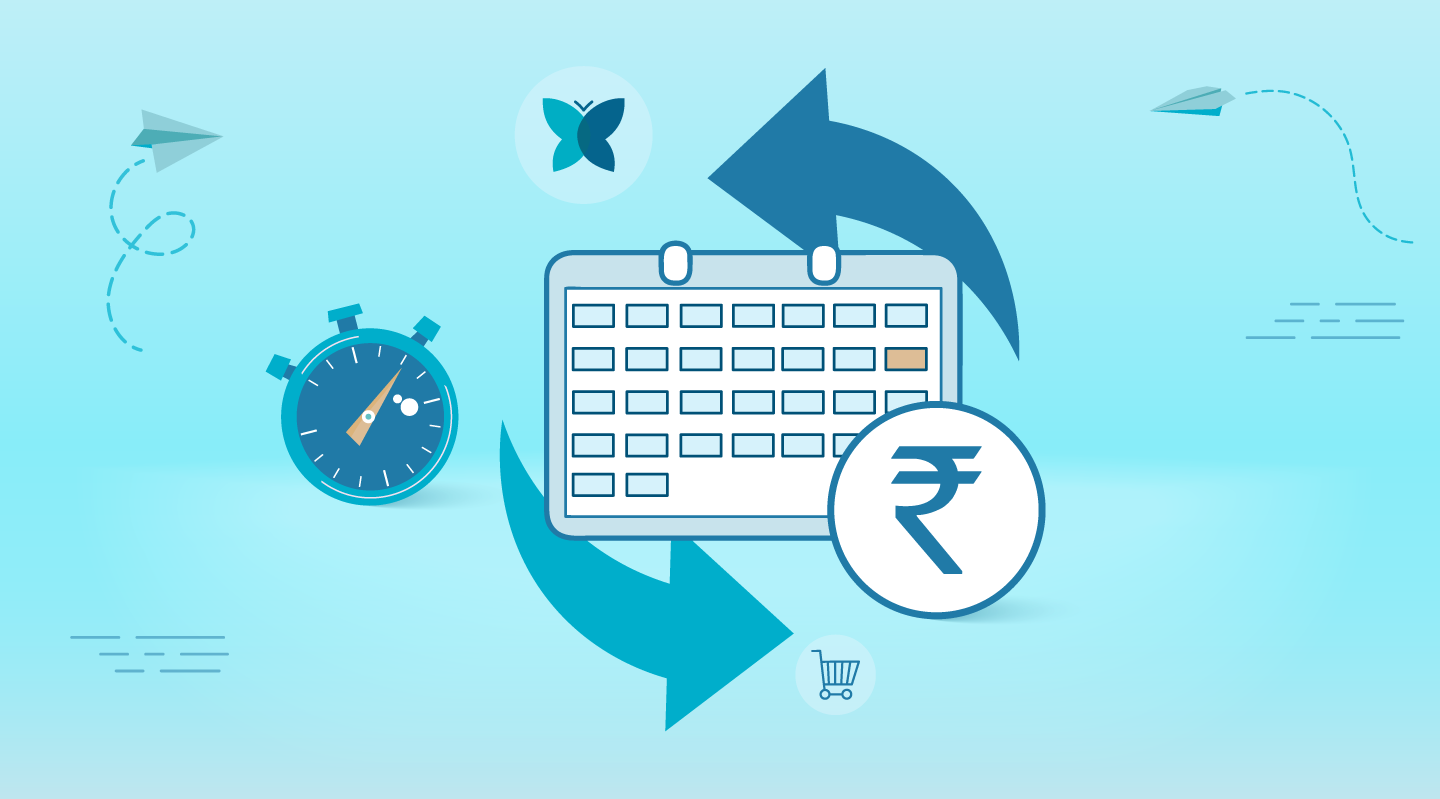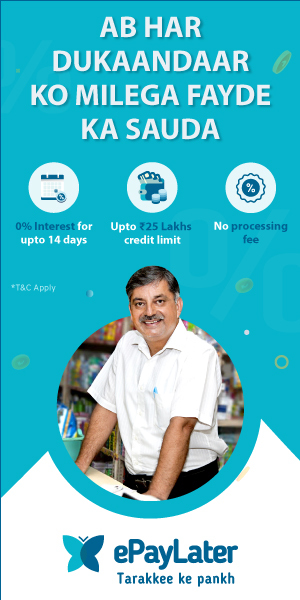Difference between Credit Card and BNPL
The rise in digital payments post-COVID is because of BNPL (Buy Now Pay Later) schemes. Due to the difference between credit card and BNPL, the latter has become a powerful instrument for the middle class instead of credit cards or paying from savings.
5 things to know about Buy Now Pay Later schemes
- A BNPL payment option allows you to purchase a product or service without paying from your pocket.
- One needs to sign up with BNPL services such as ePayLater to avail this facility. You make the down payment, while the BNPL company pays the major chunk, which is the major difference between credit card and BNPL.
- You can either repay the amount in non-interest EMIs or as a lump sum in the stipulated time.
- If you fail to pay within the stipulated time frame, you’ll be charged interest on the unpaid amount. You could even be charged late fees, thus impacting your credit score.
- BNPL companies make money off of sellers and delayed buyer payments.
How credit cards differ
Traditional credit cards might have evolved into ‘Pay-later’ schemes, but today’s millennial customers hold back their usage due to low transparency, high fees, and high-interest rates. So, they aren’t ideal for those without credit histories.
An in-depth comparison between credit card and BNPL
So, what is the difference between credit card and BNPL? While both offer interest-free periods, BNPLs offer a timeline of around 15-20 days, while credit cards offer up to 45 days. Most credit cards have additional costs, such as annual and joining fees, but BNPL schemes have none. While neither has processing fees, both charge interest on non-payment of dues, thus having the ability to lower your credit score if unpaid.
According to RBI regulations, since BNPL schemes fall under OTP-based KYC sanctioned loans, the amount can’t exceed INR 60,000. Credit card limits depend on credit scores and annual income.
One significant difference between credit card and BNPL is the criteria. Credit cards have stringent eligibility criteria, including credit history, score, minimum income, and income proof, non-fulfilment of which might get your application rejected. BNPL schemes have a straightforward quick process with no strict criteria.
While credit card application processes are tedious and time-consuming, taking 3-4 weeks, BNPL applications take mere minutes to process. Shopping online with BNPL just involves entering an OTP while when it comes to credit card you need to enter the entire card number with the OTP to process a payment.
While both BNPL and credit cards have various schemes, BNPL schemes are limited to the merchants who have tie-ups with fintech/e-commerce companies. These are a few major differences between credit cards and BNPL. Contrastingly, credit cards are accepted everywhere worldwide.
How & Why BNPL is the right option for you?
BNPL is ideal for new-to-credit customers or young Indian millennials who don’t possess credit cards but need quick, hassle-free access to short-term credit. But, while it does sound enticing, you need to read the fine print and understand the repercussions of missing payments. All-in-all, it’s a perfect scheme for the responsible consumer.
Choosing a BNPL Plan
So, now that you know the difference between credit card and BNPL, how to choose which BNPL scheme is good for you? Look at how long the interest-free credit period is and whether they allow flexible payments. You also need to check how much the late payment and interest charges are. If you plan to use BNPL for online shopping, do look at their merchant partners too.







